ONLINE VACATION
GAINESVILLE, GEORGIA, USA
12/30/13
Hi Everyone. Today, we are going to a place that one of my friends
requested. We are going to Gainesville, Georgia. It looks like a
very nice place.
Gainesville is a city in, and the county seat of, Hall County, Georgia,
United States. As of the 2010 census, the city had a population of
33,804. It has two nicknames: "Poultry Capital of the World" and
"Queen City of the Mountains". Much of Gainesville is heavily wooded.
Gainesville was established as Mule Camp Springs by settlers in the
early 1800s. Less than three years Hall County was created. Mule
Camp Springs became Gainesville on April 21, 1821. It was named in
honor of General Edmund P. Gaines, a hero of the War of 1812 and a
noted military surveyor and road-builder. Gainesville was selected to
be the county seat, and was chartered by the Georgia Legislature on
November 30, 1821.
A Gold Rush that began in a nearby county in the 1830s resulted in an
increase in the number of settlers and the beginning of a business
community. In the middle of the nineteenth century, Gainesville
witnessed two important events: in 1849, Gainesville was established
as a resort center, and in 1851, much of Gainesville was destroyed by fire.
There were some significant things that happened in Gainesville. In
1871, the Airline Railroad, later named the Georgia Southern Railroad,
began to stop in Gainesville. By 1898, textiles became the primary
driver of the economy, in part due to the railroad. In 1902,
Gainesville became the first city south of Baltimore to have street
lamps. On March 1, 1905, free mail delivery began in Gainesville and
on August 10, 1910 the Gainesville post office was opened. December
22, 1915 marked formal opening of the City's first skyscraper, the
Jackson Building, which is still standing today; and in 1919 Southern
Bell made improvements to the phone system.
In 1943, at the height of World War II, Gainesville contributed to the
war effort by leasing the airport to the US government for $1.00, who
used it as a Naval Air Station for training purposes. In 1947, the
airport was returned to the City of Gainesville.
After World War II, a businessman named Jesse Jewell started the poultry
industry in Georgia, and this has since become the state's largest
agricultural crop. This $1 billion a year industry has given
Gainesville the title "Poultry Capital of the World."
Nestled in the foothills of the Blue Ridge Mountains, parts of Gainesville
lie along the shore of one of the nation's most popular inland water
destinations, Lake Lanier. The lake was created in 1956 when The U.S.
Army Corps of Engineers dammed the Chattahoochee River near Buford,
Georgia and flooded an Appalachian mountain valley. Although created
primarily for hydro-electricity and flood-control, it also serves as a
reservoir providing water to the city of Atlanta. Lake Lanier is also
a very popular recreational attraction for all of North Georgia.
January is normally the coldest month with average temperatures between
32 and 51 degrees Fahrenheit. July is normally the warmest month with
average temperatures between 67 and 88 degrees F. March tends to be
the rainiest month with an average of 5.8 inches, and a yearly average
of 53.4 inches of rain. With only a small amount of snow, January
tends to be the snowiest with an average of 1.4 inch, and a yearly
average of 3.3 inches of snow.
Although it doesn't happen often, Gainesville had a devastating tornado
in 1936. There are some pictures showing the damage it did.
I hope you enjoy this trip to Gainesville, Georgia.
~Marsha~
MAP
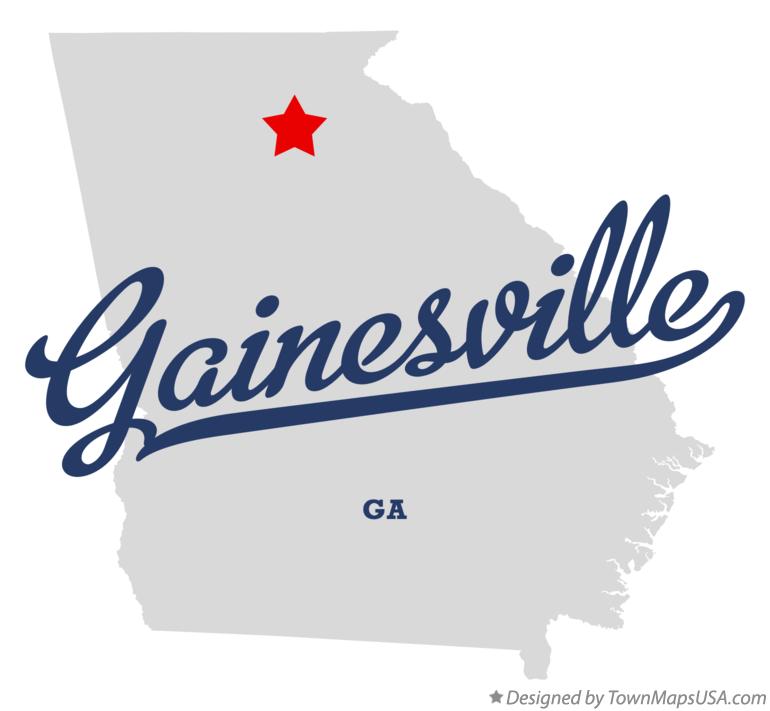
DOWNTOWN SQUARE
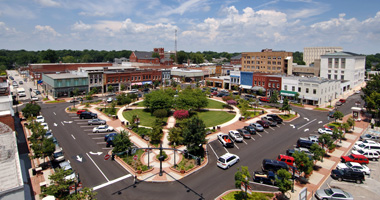



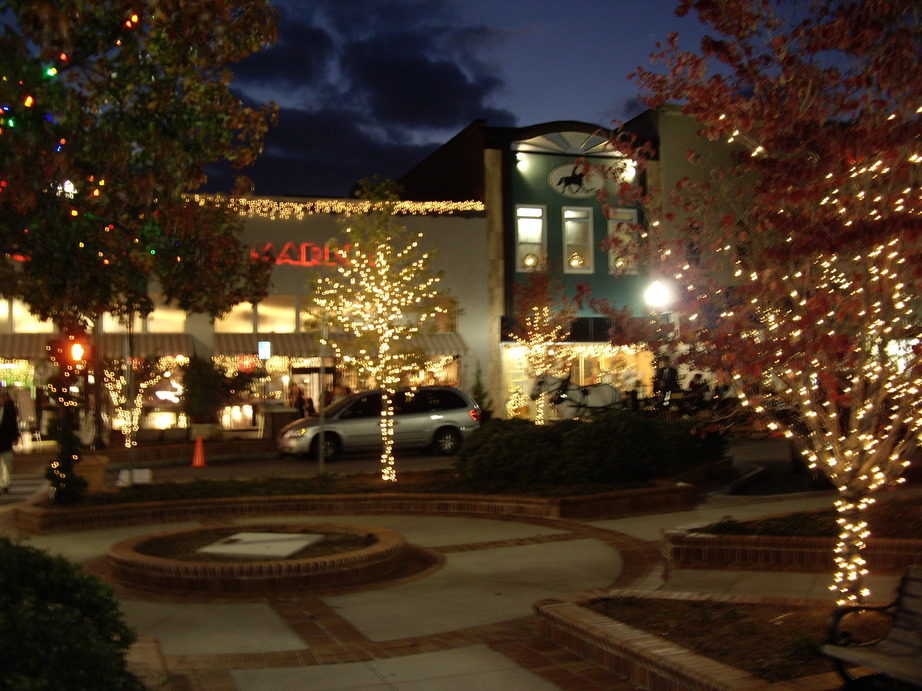
HALL COUNTY COURTHOUSE

FLEA MARKET
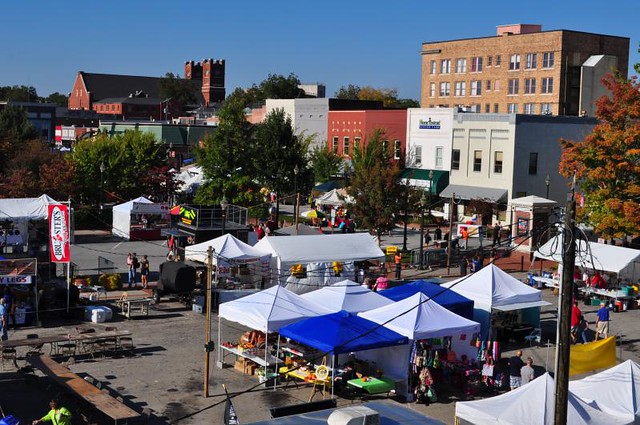
TRAIN
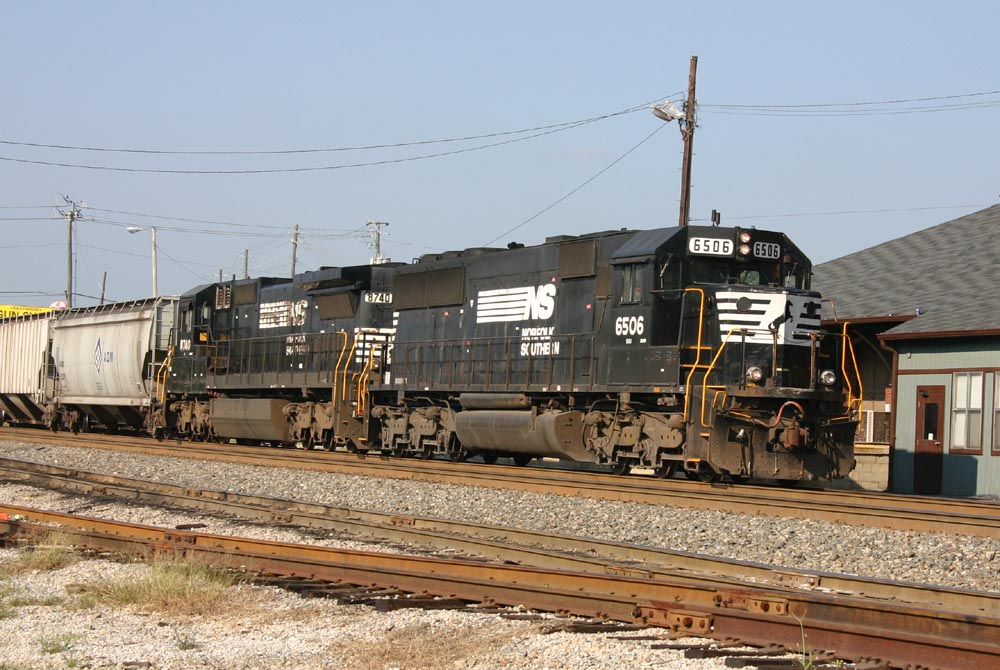
LAKE LANIER



BRIDGE UP CLOSE
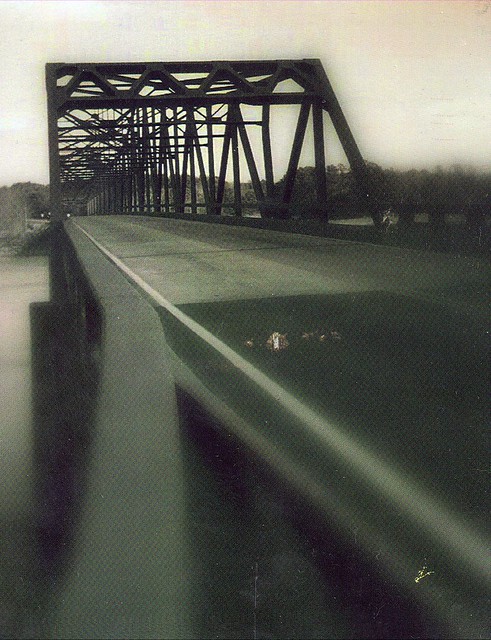
GAINESVILLE MILL

AMTRAK STATION

OLD PHOTOS
TORNADO 1936

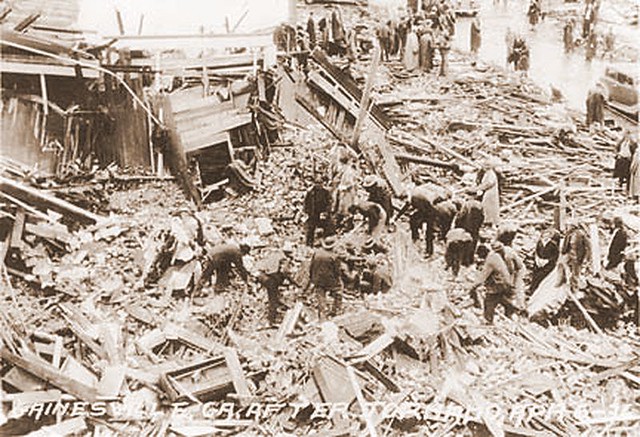
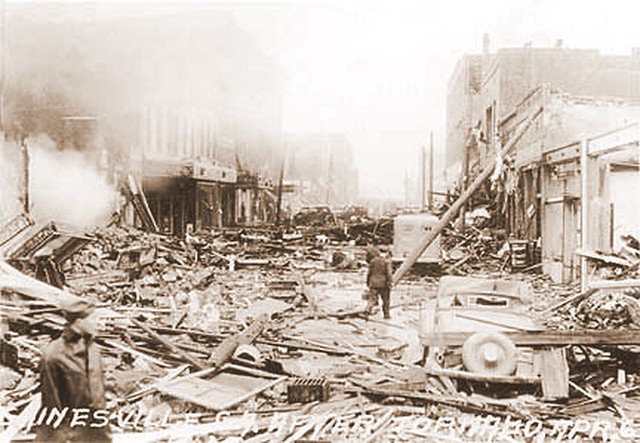
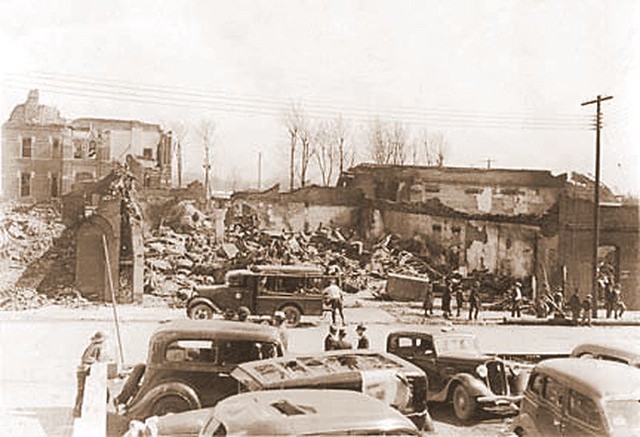
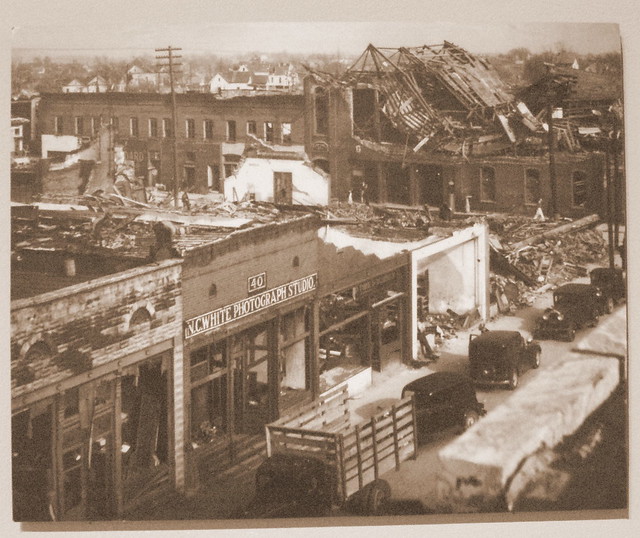
HOUSES FOR SALE
 <>
<>

 <>
<>

 <>
<>

 <>
<>

TO SEE MORE PHOTOS CLICK HERE
requested. We are going to Gainesville, Georgia. It looks like a
very nice place.
Gainesville is a city in, and the county seat of, Hall County, Georgia,
United States. As of the 2010 census, the city had a population of
33,804. It has two nicknames: "Poultry Capital of the World" and
"Queen City of the Mountains". Much of Gainesville is heavily wooded.
Gainesville was established as Mule Camp Springs by settlers in the
early 1800s. Less than three years Hall County was created. Mule
Camp Springs became Gainesville on April 21, 1821. It was named in
honor of General Edmund P. Gaines, a hero of the War of 1812 and a
noted military surveyor and road-builder. Gainesville was selected to
be the county seat, and was chartered by the Georgia Legislature on
November 30, 1821.
A Gold Rush that began in a nearby county in the 1830s resulted in an
increase in the number of settlers and the beginning of a business
community. In the middle of the nineteenth century, Gainesville
witnessed two important events: in 1849, Gainesville was established
as a resort center, and in 1851, much of Gainesville was destroyed by fire.
There were some significant things that happened in Gainesville. In
1871, the Airline Railroad, later named the Georgia Southern Railroad,
began to stop in Gainesville. By 1898, textiles became the primary
driver of the economy, in part due to the railroad. In 1902,
Gainesville became the first city south of Baltimore to have street
lamps. On March 1, 1905, free mail delivery began in Gainesville and
on August 10, 1910 the Gainesville post office was opened. December
22, 1915 marked formal opening of the City's first skyscraper, the
Jackson Building, which is still standing today; and in 1919 Southern
Bell made improvements to the phone system.
In 1943, at the height of World War II, Gainesville contributed to the
war effort by leasing the airport to the US government for $1.00, who
used it as a Naval Air Station for training purposes. In 1947, the
airport was returned to the City of Gainesville.
After World War II, a businessman named Jesse Jewell started the poultry
industry in Georgia, and this has since become the state's largest
agricultural crop. This $1 billion a year industry has given
Gainesville the title "Poultry Capital of the World."
Nestled in the foothills of the Blue Ridge Mountains, parts of Gainesville
lie along the shore of one of the nation's most popular inland water
destinations, Lake Lanier. The lake was created in 1956 when The U.S.
Army Corps of Engineers dammed the Chattahoochee River near Buford,
Georgia and flooded an Appalachian mountain valley. Although created
primarily for hydro-electricity and flood-control, it also serves as a
reservoir providing water to the city of Atlanta. Lake Lanier is also
a very popular recreational attraction for all of North Georgia.
January is normally the coldest month with average temperatures between
32 and 51 degrees Fahrenheit. July is normally the warmest month with
average temperatures between 67 and 88 degrees F. March tends to be
the rainiest month with an average of 5.8 inches, and a yearly average
of 53.4 inches of rain. With only a small amount of snow, January
tends to be the snowiest with an average of 1.4 inch, and a yearly
average of 3.3 inches of snow.
Although it doesn't happen often, Gainesville had a devastating tornado
in 1936. There are some pictures showing the damage it did.
I hope you enjoy this trip to Gainesville, Georgia.
~Marsha~
MAP

DOWNTOWN SQUARE




HALL COUNTY COURTHOUSE

FLEA MARKET

TRAIN

LAKE LANIER



BRIDGE UP CLOSE

GAINESVILLE MILL

AMTRAK STATION

OLD PHOTOS
TORNADO 1936





HOUSES FOR SALE
 <>
<>

 <>
<>

 <>
<>

 <>
<>

TO SEE MORE PHOTOS CLICK HERE
Information from Wikipedia
This is a MelloMarsha creation
I do not take credit for the pictures
Thanks to the respective photographers
12-29-13
BACK TO THE ONLINE VACATION INDEX